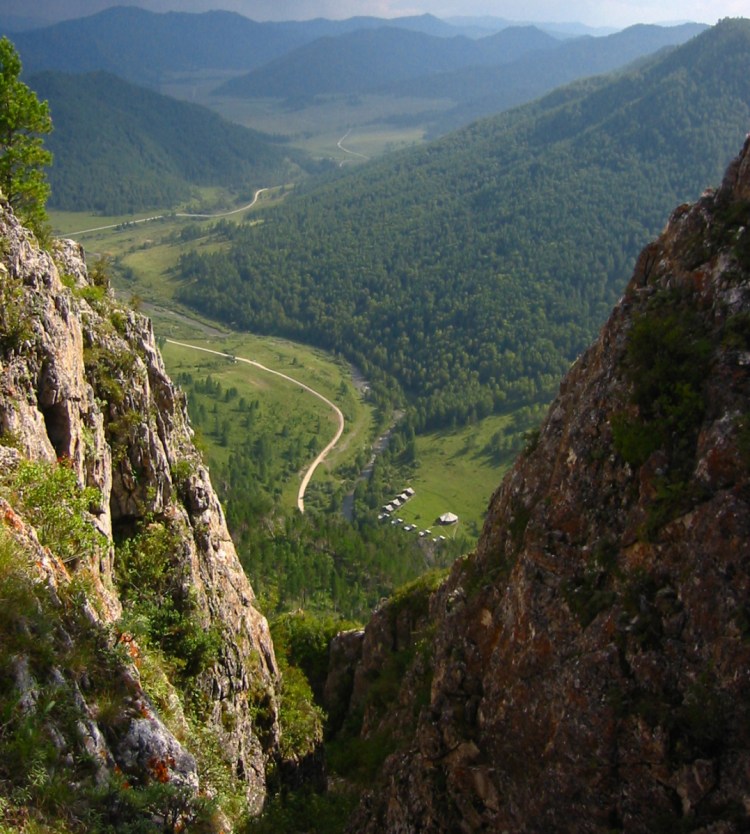BERLIN — Scientists say they’ve found the remains of a prehistoric female whose mother was a Neanderthal and whose father belonged to another extinct group of human relatives known as Denisovans.
The 90,000-year-old bone fragment found in southern Siberia marks the first time a direct offspring of these two groups has been discovered, according to a study published Wednesday in the journal Nature.
Both groups disappeared by about 40,000 years ago. Neanderthals lived in Europe and Asia, while fossils of Denisovans are known only from the cave where the fragment was found.
Past genetic studies have shown interbreeding between the two groups, as well as with our own species, which left a trace in the DNA of today’s people. But the new study is the first to identify a first-generation child with Neanderthal and Denisovan parents.
“It’s fascinating to find direct evidence of this mixing going on,” said Svante Paabo, one of the study’s lead authors.
Paabo said he was surprised by the discovery, given how relatively few remains of our evolutionary relatives have been found around the world.
The cave near Mongolia where the bone was found contains some remains attributed to Neanderthals as well as Denisovans. But finding an actual offspring of the two groups – which are more different from each other than any two present-day human groups – seemed like a rare stroke of luck, Paabo said.
“The fact that we stumbled across this makes you wonder if the mixing wasn’t quite frequent,” said Paabo, a geneticist at Max Planck Institute for Evolutionary Anthropology in Leipzig, Germany.
The finding doesn’t reveal how often such mating occurred and where, said Ron Pinhasi, a physical anthropologist at the Universivty of Vienna who wasn’t involved in the study.
“Had it happened frequently, we would not have such divergence between the Denisovans and Neanderthal genomes,” he said.
The bone fragment likely came from a 13-year-old girl.
Send questions/comments to the editors.



Success. Please wait for the page to reload. If the page does not reload within 5 seconds, please refresh the page.
Enter your email and password to access comments.
Hi, to comment on stories you must . This profile is in addition to your subscription and website login.
Already have a commenting profile? .
Invalid username/password.
Please check your email to confirm and complete your registration.
Only subscribers are eligible to post comments. Please subscribe or login first for digital access. Here’s why.
Use the form below to reset your password. When you've submitted your account email, we will send an email with a reset code.